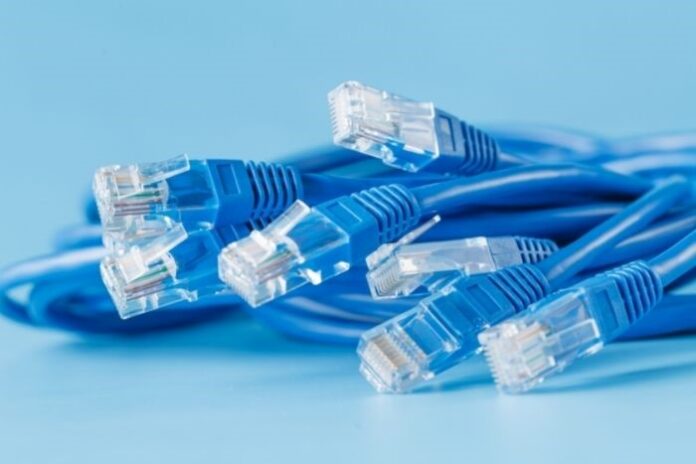In the early days of the internet, Ethernet cables were made to simpler standards. These days, there’s an assortment of options to choose from. Whenever you find yourself in the market for a new computer or device that relies on a direct line hookup, you’ll know what to do if you know why there are different types of Ethernet cables and the differences in their applications.
Different Classifications
There are six different categories of Ethernet cables available to the public to access the internet. Each has different uses, as each was designed for a specific job. Here are the six categories and a description of what those cables are used for:
- CAT-1 cables are mainly used for the application of telephone lines or ISDN (Integrated Services Digital Network).
- CAT-2 cables are used for 4Mbits and token networks.
- CAT-3 cables are often used in alarm systems or as default Ethernet source cables.
- CAT-4 cables are used for networks that only go up to 20 MHz.
- CAT-5 (5e) cables are the industry standards for Ethernet use.
- CAT-6 cables are used for high-speed internet at 10GBPS or higher.
Quality First
Before you purchase any Ethernet cable, determine the quality of the unit by ensuring it meets five specific conditions. The first condition is the presence of a UL marking, which should be on the casing. The marking will say “UL” followed by a number; this will tell you whether the cable is authentic or not.
Second, on the cable itself, you should always look for what’s called a plenum rating, which denotes the presence of a special coating that reduces and eliminates fire and electrical hazards. Third, it’s always a good idea to determine whether the inside of the cable is pure copper or copper plated. You’ll want to go with pure copper plating for the best transfer rates. Last, you’ll want to check for TIA and IEC standards. These are the corporations that set the standards for these cables, so these standards will need to be present as well.
These standards show why there are different types of Ethernet cables. Be especially careful when purchasing Ethernet cables for your home or business by running through this checklist first. Now you can be sure of the category of Ethernet cable to look for, depending on the device you’re using. You’ll also have the knowledge to ensure the quality of the product you intend to purchase.















